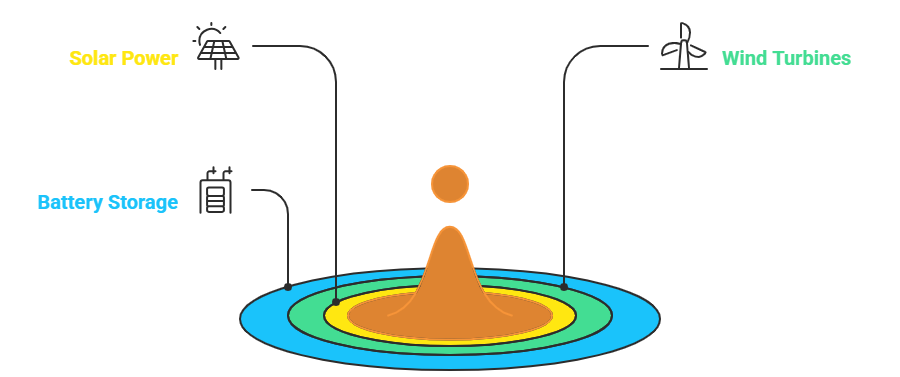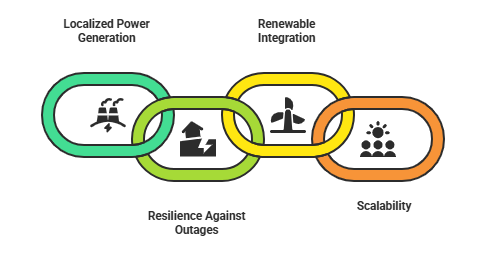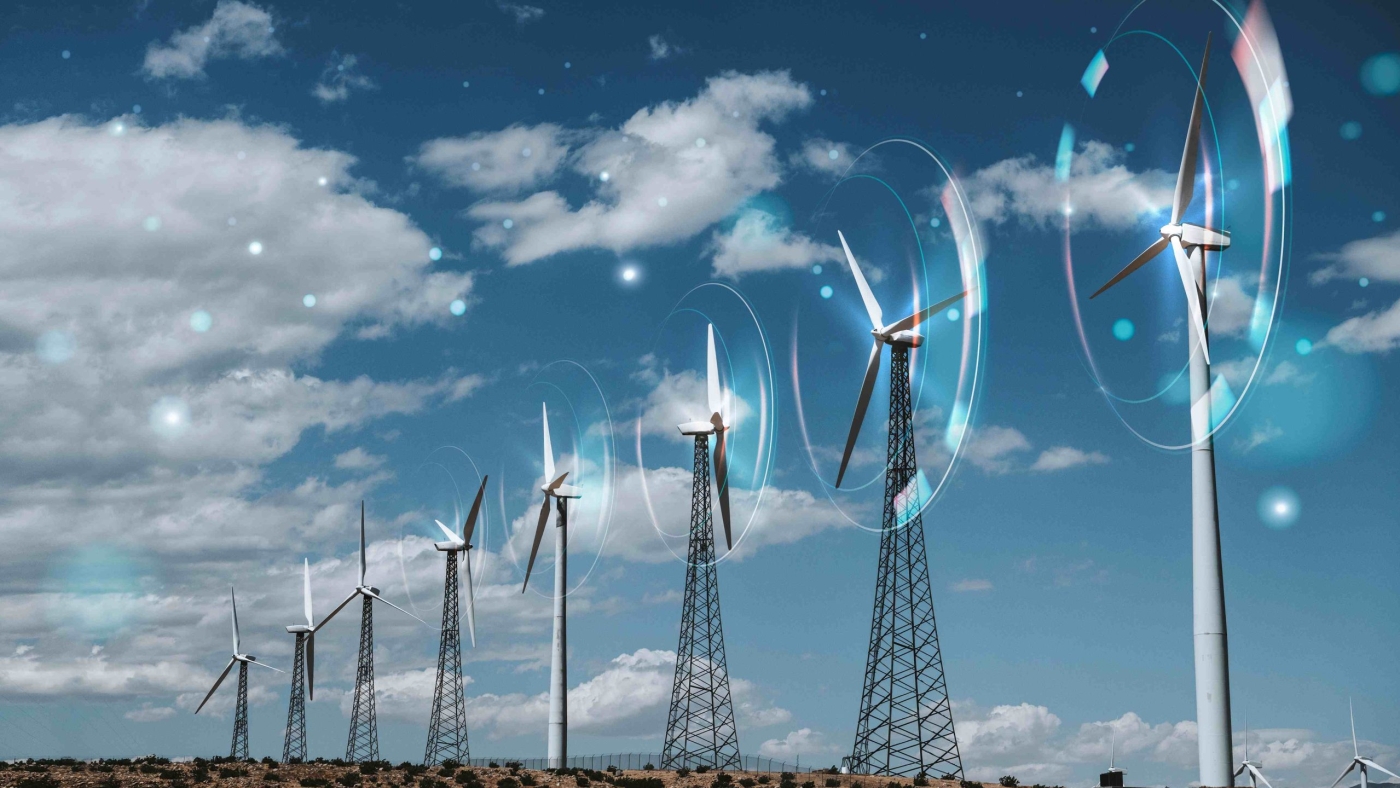In today’s rapidly evolving energy landscape, the demand for a stable, reliable, and resilient power grid has never been higher. As energy consumption grows and climate challenges intensify, traditional centralized power generation systems face increasing strain. Distributed Energy Resources (DERs) — such as solar, wind, and battery storage — are emerging as the ultimate solution to ensure grid stability, reduce outages, and support sustainable growth.
At 360S2G, we work closely with solar utility, electric utility, energy utility, and gas utility sectors to help businesses transition to smarter, more distributed power systems.
What is Distributed Energy?
Distributed energy refers to electricity generated from small-scale sources located close to where it is used, rather than from large, centralized plants. Examples include:
- Solar power systems on residential or commercial rooftops
- Wind turbines in local communities
- Battery storage units in commercial buildings

By decentralizing energy production, DERs reduce the reliance on long transmission lines and improve local energy security.
Why Grid Stability Matters
Grid stability means the power supply is consistent, balanced, and able to withstand disruptions. When the grid becomes unstable, the consequences can be severe:
- Frequent power outages affecting businesses and homes
- Equipment damage from voltage fluctuations
- Increased costs for utilities and consumers
A resilient grid is essential for maintaining public safety, supporting economic activity, and integrating renewable energy sources.
How Distributed Energy Strengthens the Grid
Distributed energy plays a vital role in enhancing grid stability through several key benefits:
- Localized Power Generation : By producing power closer to where it’s consumed, distributed energy reduces transmission losses and prevents overload on central grid infrastructure.
- Resilience Against Outages : If one generation source fails, other distributed sources can continue supplying power, minimizing the risk of widespread blackouts.
- Easier Renewable Integration : DERs make it easier to integrate solar and wind power, which are variable by nature, into the grid without compromising stability.
- Scalability : Communities can start small and expand their distributed energy capacity over time without massive infrastructure investments.

The Role of Renewable Energy in Grid Stability
Renewables such as solar power are not just environmentally friendly — they are key to energy independence. By combining solar generation with battery storage, communities can store excess power during the day and use it at night or during peak demand.
At 360S2G, our solar utility solutions are designed to maximize output and integrate seamlessly with existing infrastructure, helping utilities adapt to modern energy needs.
Real-World Applications of Distributed Energy
Distributed energy is already reshaping how we power our world:
- Microgrids for remote areas: Providing electricity where central grids cannot reach.
- Commercial solar with storage: Helping businesses cut costs and maintain operations during outages.
- Hybrid systems for utilities: Combining solar, wind, and storage to stabilize the grid.
Challenges and Solutions
While DERs offer many advantages, challenges such as grid integration, regulatory barriers, and technology costs remain. However, with advanced consulting from 360S2G’s electric utility team, these hurdles can be overcome through:
- Smart grid technology to manage energy flow
- Data analytics to forecast demand and optimize supply
- Tailored investment strategies for utilities and businesses
Why Businesses Should Invest in Distributed Energy Now
Waiting for the energy transition to happen is no longer an option. Businesses that adopt distributed energy now can:
- Reduce operational risks from power outages
- Lower long-term energy costs
- Meet sustainability goals and appeal to eco-conscious customers
- Qualify for incentives and tax credits
Our energy utility consulting services are built to guide organizations through every step — from assessment to implementation.
The Future of Grid Stability Is Distributed
As extreme weather events and demand surges continue, relying solely on centralized power plants will only increase vulnerability. Distributed energy empowers communities, strengthens the grid, and supports a cleaner and better future
The path forward is clear: integrating DERs at scale will be essential for energy security, economic growth, and environmental protection. With 360S2G’s expertise, utilities and businesses can lead the way in creating a stable, sustainable, and future-proof energy system.
Ready to explore distributed energy solutions for your organization?
Visit our gas utility consulting page or contact us today to learn how we can help your grid become more resilient and reliable.
Request A Demo


Add a Comment